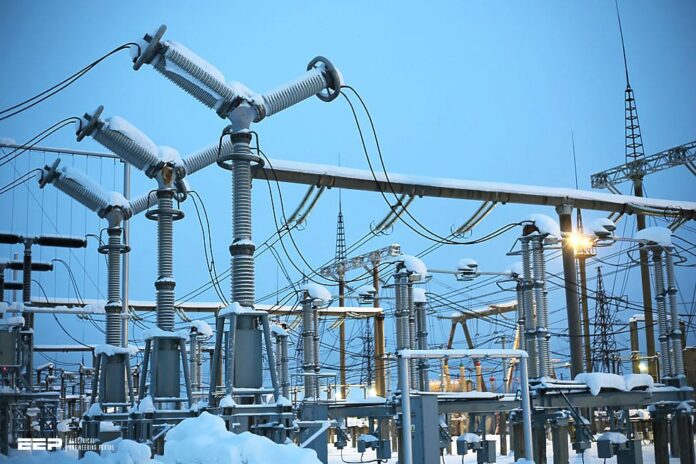ISLAMABAD: The Power Division has assured development partners that commercial operations of the Competitive Trading Bilateral Contract Market (CTBCM) are expected to begin by the end of September 2025.
The new system will allow bulk power consumers with a demand of 1 MW or more to purchase electricity through direct contracts with competitive suppliers.
The operationalisation of the Independent System and Market Operator will be a key part of this transition. The framework for open access charges and the allocation of wheeling capacity is in the final stages of preparation.
A phased market opening will follow, supported by the establishment of market rules and wheeling charges.
During a meeting with representatives of nearly a dozen development partners, the Power Division discussed updates on power sector reforms, industrial and agriculture pricing packages, grid capacity strategy, and distribution sector reforms, including private sector participation and investment readiness.
The Power Division said capacity costs, denominated in US dollars, have risen from Rs 11.1 per kWh to Rs 18.8 per kWh due to currency depreciation. However, fuel costs have remained steady with the addition of lower-cost generation.
The government said it aims to de-link capacity costs from currency movements and increase reliance on domestic energy sources for long-term sustainability.
Electricity tariffs remain high due to taxes and duties, adding pressure on consumers. The circular debt continues to grow due to inefficiencies and poor debt pricing. A roadmap to address this debt is under development.
Inefficient pricing has raised debt servicing costs and reduced demand.
The government has introduced the Bijli Sahulat package for the winter, offering power at marginal cost plus a small margin. A similar approach is being considered for industrial users to boost grid usage without adding subsidies.
The mechanism would offer marginal pricing while protecting fixed cost recovery through base tariffs.
To increase consumption, the government has proposed a three-year package from March 2025 to December 2027 for industrial and agricultural users. The plan projects an increase in demand of 3,745 MW in March–June 2025, 10,720 MW in 2026, and 11,018 MW in 2027.
The proposed rate is Rs 22 per unit for both sectors, with industrial users saving Rs 10.50 per unit and agricultural users saving Rs 7.77 per unit compared to current rates.
Nepra has set total fixed charges at Rs 2.505 trillion based on 106 billion units. A 5–10 percent drop in demand does not reduce these costs due to their fixed nature, highlighting the importance of increasing usage for cost recovery.
Development partners raised the need for clear pricing over the next three to five years and urged the government to avoid policies that shield inefficient domestic industries. They also stressed the need to finalize wheeling charges and market rules by September, track and publish marginal generation costs, accelerate grid and metering upgrades, and begin structured talks with industry on long-term energy policy.
The government said it is preparing a 10-year plan for generation and transmission planning. It also highlighted the importance of digital tools such as SCADA and AMI for data use and performance tracking.
The Energy Infrastructure Development and Management Company will take over planning and execution of PSDP-funded transmission projects by FY26/27. Board approvals are in progress and the CEO hiring is expected by year-end.
ISMO has been formed by combining technical teams from NTDC and CPPA-G, and will handle market operations independently of NTDC.
Ongoing transmission projects aim to expand northward evacuation capacity by 2,000 MW over the next three to four years. Development partners noted the urgency of investing in grid upgrades to meet the projected 25 percent rise in industrial demand.
They flagged several projects delayed at the planning or early implementation stage and urged quick resolution of legacy design and execution issues.
The planned rollout of 35 million advanced metering infrastructure units will require improved digital capacity and change management within distribution companies.
























